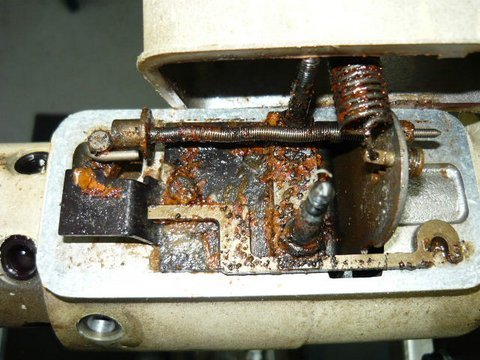O C Diver
Guru
- Joined
- Dec 16, 2010
- Messages
- 12,867
- Location
- USA
- Vessel Name
- Slow Hand
- Vessel Make
- Cherubini Independence 45
I think it is marine age more than anything. 13 years is a long time in the marine environment.
I believe they are assembled in the same manner as the heat exchanger with soldered joints. Without an anode, the solder becomes the sacrificial element. This is the same for a gear cooler without a pencil zinc. A gear cooler with a pencil zinc will last 2 or 3 times as long as one without.
Ted


